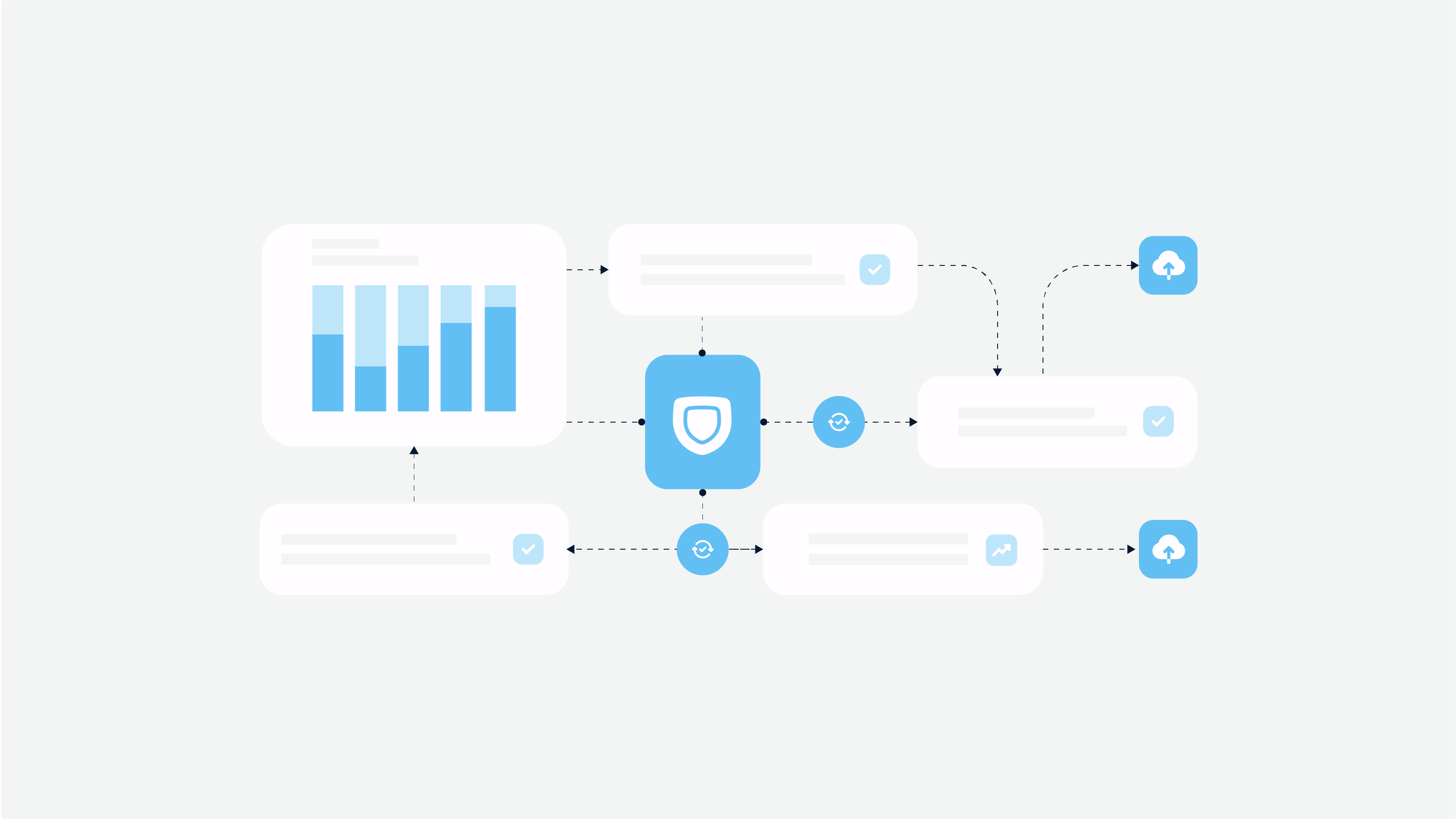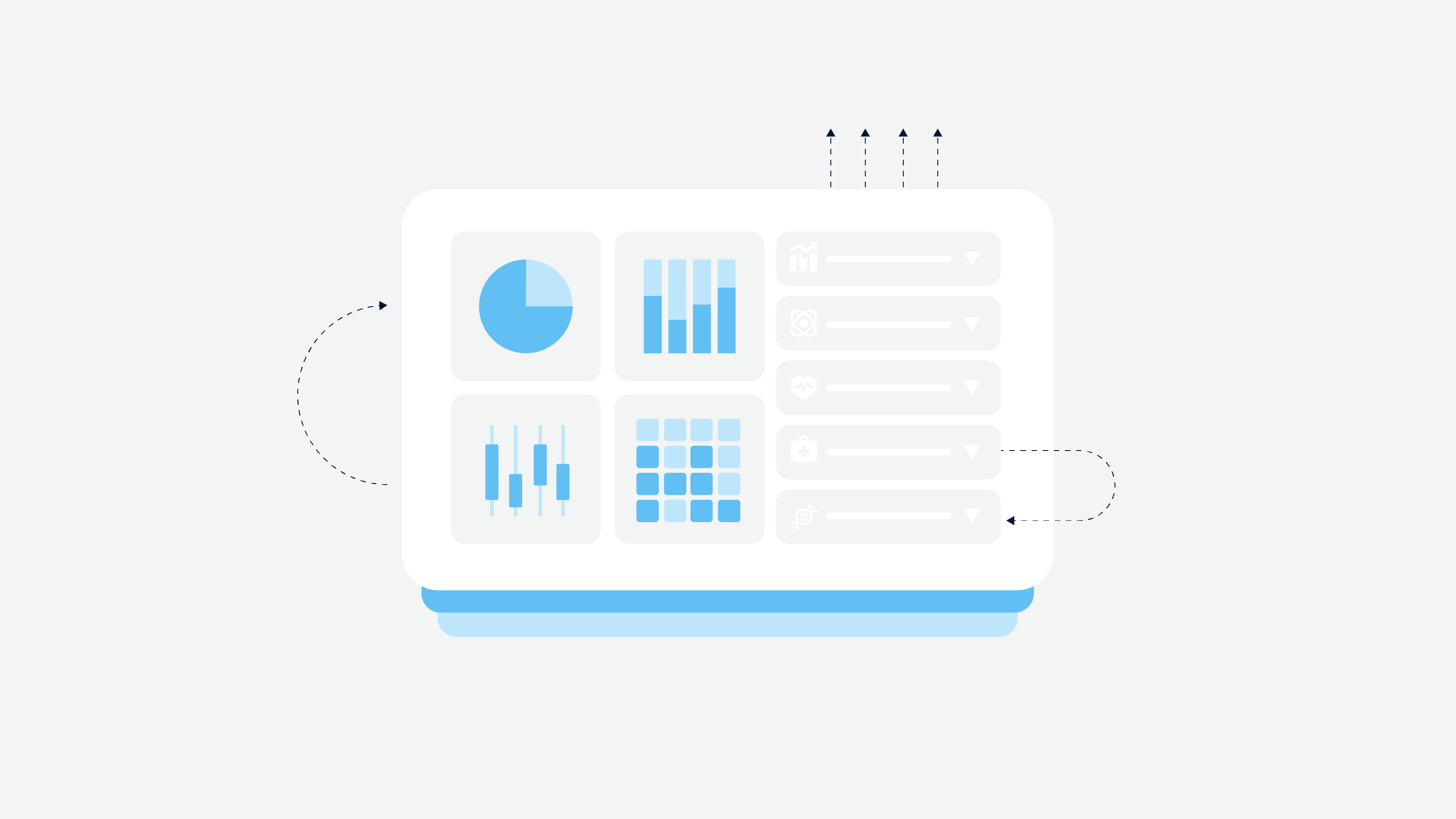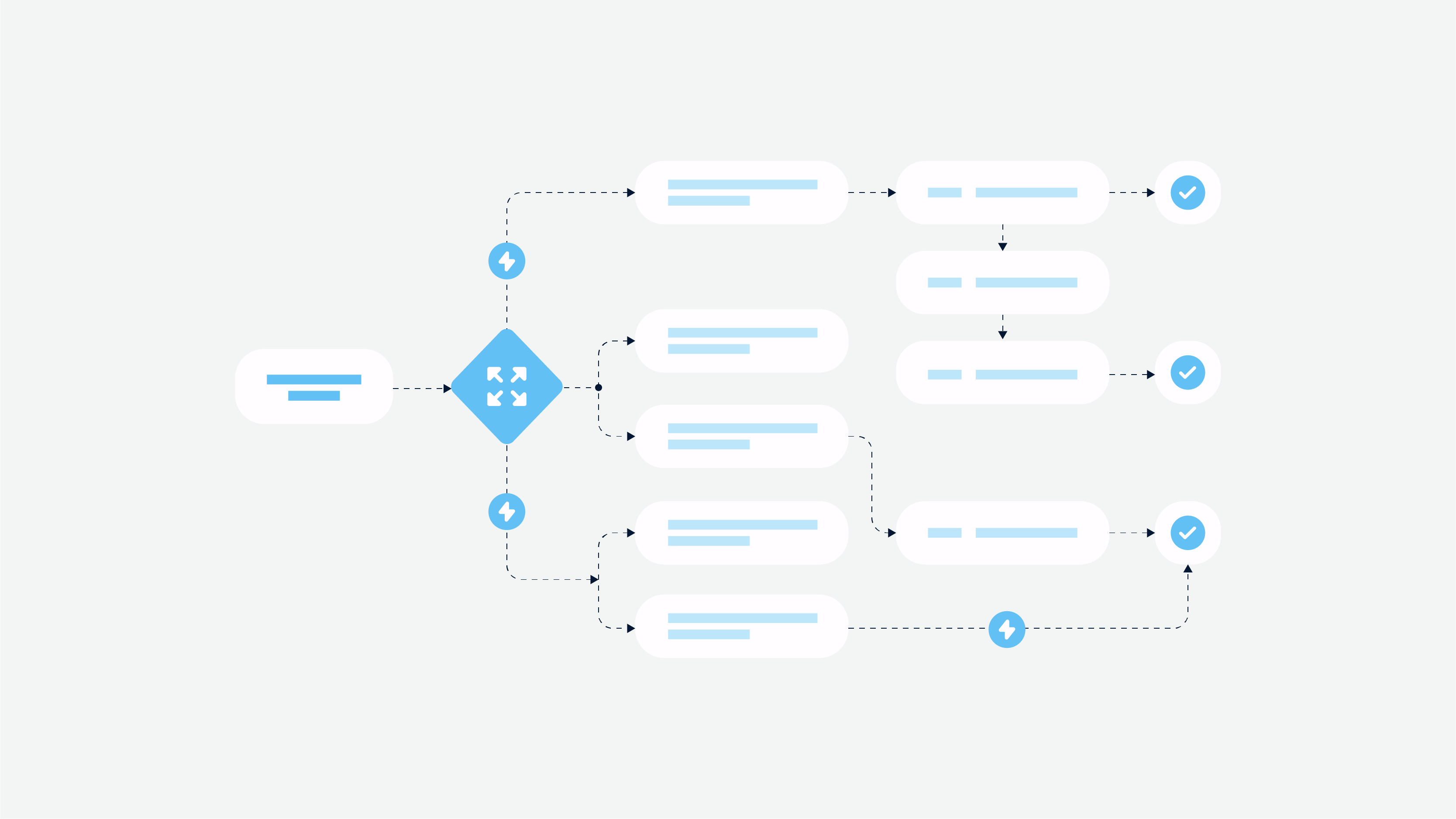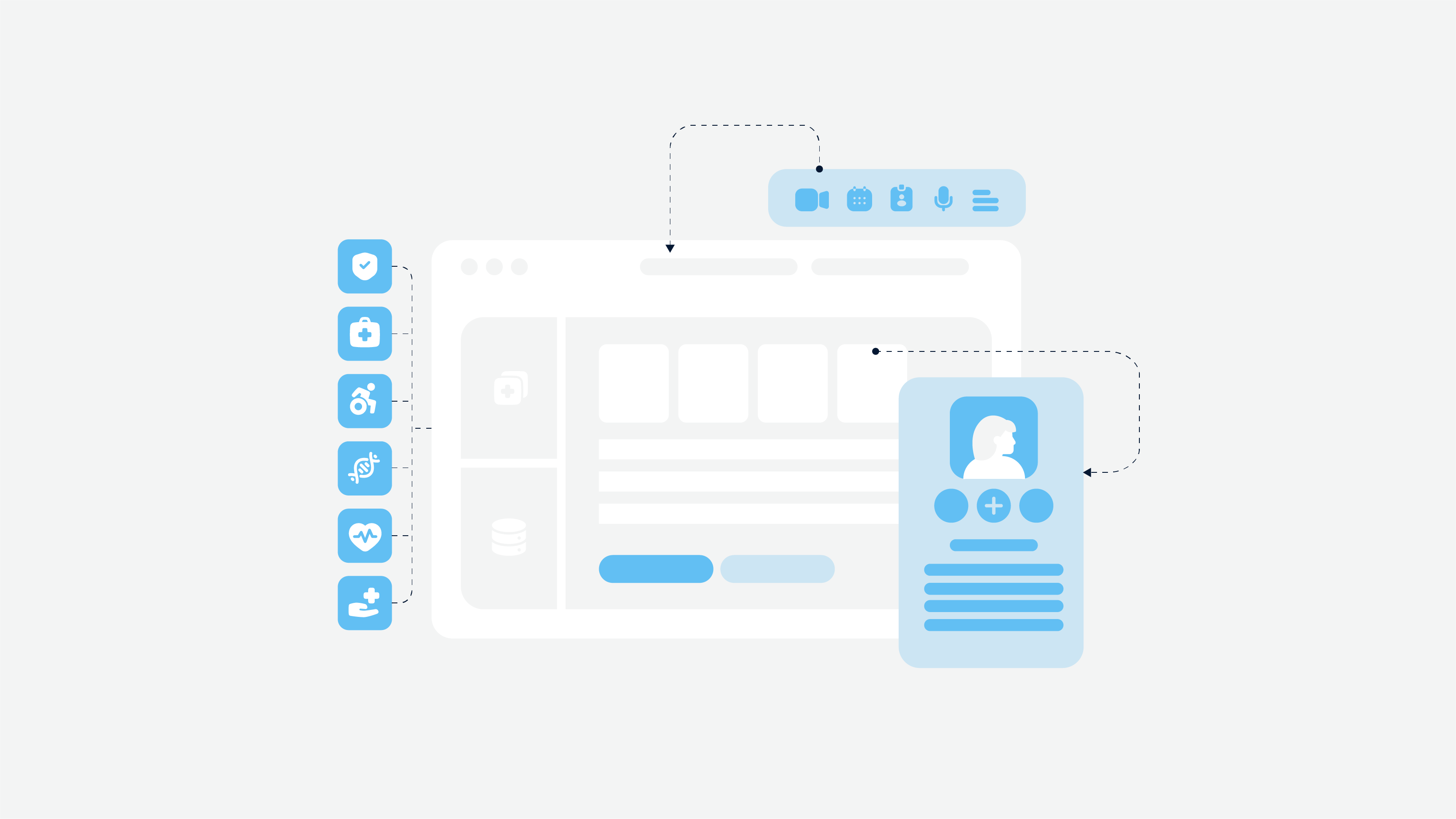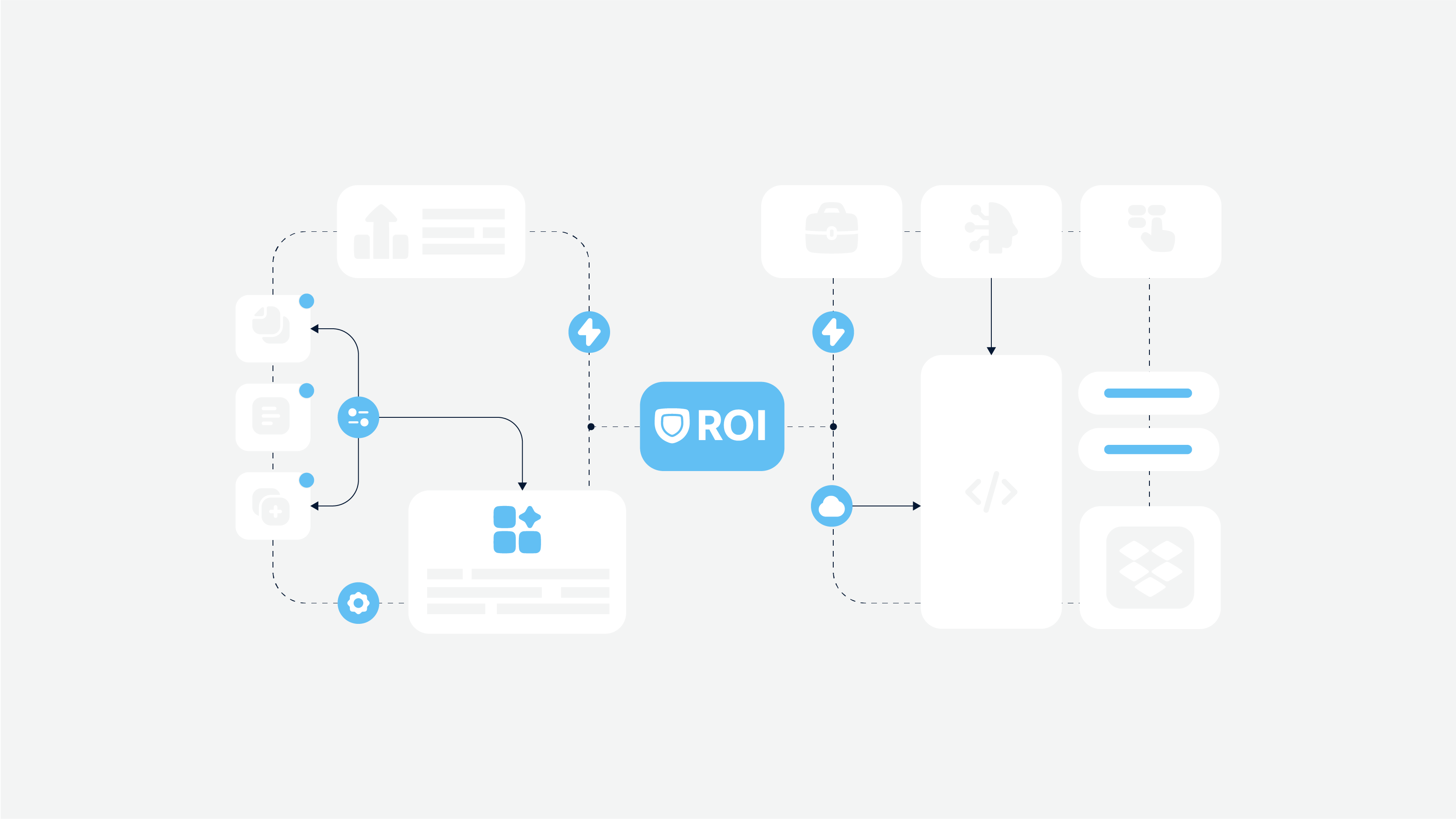Developing a Minimum Viable Product (MVP) is essential for anticipating potential financial hurdles. But it is also both exciting and challenging for businesses. The cost of bringing an MVP to life can vary significantly, influenced by several factors beyond the straightforward rates of project executors.
In our new blog post, we will delve into key factors that shape MVP budget and provide an extensive guide to optimizing it effectively. Additionally, we will explore strategies for effective MVP budgeting, ensuring a well-rounded approach to financial planning and project success. Let’s begin!
What Factors Affect MVP Costs?
Unfortunately, the cost of the minimum viable product is influenced by quite a few factors. Actually, that is why it is almost impossible to create it without specific experience and knowledge. Only a professional development team will be able to take into account every aspect and determine the cost accurately.
However, customers should also understand at least the main factors that can change the budget. Let’s take a look at them.
Prototyping, iterations, and the stage of MVP development
If you go through multiple prototyping and iteration phases to refine and improve the MVP based on user feedback, it obviously can extend the MVP development timeline and, consequently, increase costs.
Also, every stage of MVP development may require different funds. The journey from a prototype to a fully-fledged first version involves varying levels of complexity and design intricacy.
For example, developers often create prototypes for stakeholder presentations and initial testing, so they require minimal development costs. The development of an MVP, with functional features and an appealing design, on the other side, is much more expensive. The cost escalates further for the first full-fledged version, involving careful design and adding features.
Overall scope and complexity
The complexity of MVP includes some different points, namely:
- the number of features;
- features complexity;
- features intricacy;
- design complexity, etc.
All of them significantly affect the development process and its costs eventually. A more extensive and intricate MVP will require more time and resources, thus requiring budget changes.
The complexity of the user interface (UI) and user experience (UX) design can also affect costs. A more sophisticated and visually appealing design may require more effort and resources. At the same time, this is essential for MVP budget optimization, as professional UX design can reduce the number of unnecessary and non-functional features.
Focusing on a concise feature set helps businesses mitigate expenses when the project’s approval by the target audience is still uncertain and allows for more flexibility in the development process.
Technology stack
The choice of technology for software development plays a crucial role in determining costs. Some technologies may have higher licensing fees, require more specialized skills, or have other associated costs. This is especially relevant for rare and narrow tech stacks.
Integration requirements
If your MVP needs to integrate with other systems or services, such as third-party APIs or existing databases, the complexity of these integrations can highly impact expenses. Custom integrations or connecting to complex systems may require more development effort and, consequently, more money.
Testing and Quality Assurance
Whether it is healthcare web app development or the creation of an e-commerce solution, thorough testing is crucial for an MVP. This is the only way to ensure its functionality and reliability. The more comprehensive the testing process, the more effort and resources are required, impacting costs.
Timeline and urgency
The timeline can also influence costs. Tight deadlines may require more resources and more human hours, potentially increasing development expenses. Rushed development may also lead to higher error rates, necessitating additional testing and debugging efforts.
If the situation has developed in such a way that you still need to create an MVP in the minimum time, be sure to find a team of specialists who can do it professionally. Otherwise, you will lose valuable time and money.
The Cadabra Studio team has experience in successfully developing a variety of MVPs, and we would be happy to share our expertise. Let’s talk?
Development team
The size and expertise of the development team can impact costs. It is obvious that hiring experienced and skilled developers generally comes at a higher price. Additionally, the location of the development team can influence expenses, with development teams in certain regions being more expensive than others.
Let’s consider one example. A general small project with a standard feature set may require one or two front-end and back-end developers, a QA specialist, and a project manager. For more complex solutions, the inclusion of a product designer becomes imperative. The team size also depends on factors such as project urgency, complexity, and industry-specific standards. All this contributes to the final MVP cost.
What else?
Well, MVP development budget can depend on scalability requirements. If your MVP needs to be scalable to accommodate a growing user base, developers may need to implement scalable architecture from the beginning. This can add to the upfront costs but may be essential for future growth.
You also have to pay special attention to legal and compliance considerations. You will need professional consulting to make your product comply with specific regulations or industry standards; and sometimes, additional efforts may be required for legal and compliance aspects.
And finally, post-release costs, namely expenses related to server capacities, technical support, and ongoing updates, are also crucial aspects of MVP budgeting. In some instances, these post-release expenses can comprise a substantial portion of the initial budget, particularly in the first year after the MVP’s release. Failing to account for these ongoing costs can lead to financial challenges down the road.

How To Save MVP Budget?
1. Define a clear vision
Defining clear goals is important for any stage or process in software development. It is the cornerstone of digital transformation, creating solutions from scratch or rebranding existing products.
It is essential to have a clear understanding of the core purpose of a minimum viable product and the problem it aims to solve. This vision will help you prioritize features and functionalities and avoid scope creep, ultimately contributing to efficient budget utilization.
2. Forecast accurately
Accurate forecasting is critical for effective MVP development budget management. Utilize historical data, conduct crucial market research, and employ predictive modeling to forecast your development expenses. It is not just a financial exercise. Such foresight aids in anticipating potential financial hurdles and planning for them proactively.
Today, professional business analysts combine various tools based on AI and ML with their own experience and knowledge. This helps not only to obtain accurate predictions and assess risks but also to remain flexible in the change management process.
3. Build a long-term business plan
After a comprehensive analysis, you can build a detailed long-term business plan based on obtained data and crucial market research insights. It is essential beyond the MVP launch: planning for the post-MVP phase helps anticipate and mitigate unexpected expenses, ensuring the seamless continuation of the project’s life cycle.
4. Consider cross-platform development
While the initial costs of cross-platform development may be higher, investing in it makes sense for projects planning to scale to new platforms in the future. This approach facilitates significant savings on subsequent modernization expenses, offering a more cost-effective solution in the long run.
5. CI/CD practices
The early adoption of constant integration and continuous deployment practices can significantly impact the MVP development budget. It helps businesses to expedite the launch of test versions and optimize them faster. This way, they can achieve a product version that resonates with the target audience, positively influencing the budget.
6. Perform regular testing and find professional QA specialists
Regular testing is one of the cornerstones of the development process. It is essential to answer the question of how much it costs to build a business. This is a proactive approach that protects the project from hard-to-fix bugs, preventing high costs associated with issue resolution at later stages or, worse, post-product release.
Regular testing contributes to cost-effective development, and you need to work with those who have extensive experience in this field.
7. Delegate
You may know your industry and have a great understanding of technology, but working independently on MVP takes too much time and effort. Not to mention that you may need the help of narrowly focused specialists.
Outsourcing the development of technical aspects to a specialized company can significantly reduce MVP costs. This approach not only helps lower contractor rates, especially in countries with more moderate market rates for software development but also eliminates the need to hire specialists in-house, reducing additional costs related to bonuses, sick leave, insurance, licenses, etc.
At Cadabra, we have a team of 100% synchronized specialists who will help you launch MVP quickly, efficiently, and according to the calculated budget. Contact us, and let’s discuss the details.
Some strategies for effective MVP budgeting
Let’s take a look at some simple but effective strategies that help with clear minimum viable product budgeting.
Working with precise scope
It is a very bad idea to dramatically change the scope of MVP in the process, so it is worth paying attention to this issue in the first stages. Of course, certain features can be added or removed, but significant changes mean big risks and extra costs.
So, clearly defining the scope is paramount in MVP development and effective budgeting. Whether it is a healthcare mobile app or an insurance web application, identifying the must-have features will form the backbone of your product, providing a foundation for all subsequent budgeting decisions.
Using a systematic approach to resource allocation
Wise allocation of resources is essential for optimizing development costs. A systematic approach means to direct your budget towards resources that yield high returns, whether it be investing in critical talent, purchasing essential software, or allocating funds for crucial market research.
Using cost-effective tools and technologies
It seems obvious, but people very often buy unnecessary tools or overpriced software in the MVP development process. It is much more profitable to hire consultants to help define a clear list of effective technologies, taking into account the needs of scaling and future changes.
So, utilize cost-effective tools and technologies, such as open-source platforms or cloud-based services, where possible. These solutions often provide robust capabilities without the hefty price tag associated with proprietary software, contributing to overall budget optimization.
Monitoring spending constantly
Go wild with your software development ideas, but keep a cool head with spending. Keeping a close eye on your burn rate is essential for budget management.
You can use tools like accounting software to monitor spending and gain real-time financial insights. Adjust your budget as needed, ensuring that you stay within your financial constraints.
Planning for contingencies
Life is unpredictable, as well as MVP development. Inevitably, unexpected costs arise during product development, and you will have to be prepared and have all the tools for anticipating potential financial hurdles.
Always include a contingency fund in your budget to address unforeseen expenses. Having a financial buffer can prove invaluable in keeping the project on track, especially in the face of unexpected challenges.
Wrapping Up
Navigating the complexities of MVP development requires a thorough understanding of the influencing factors and implementing effective budgeting strategies. Budget planning is not just a financial exercise. It is all about professional analytics and research, as well as risk and change management.
Businesses can confidently launch successful MVPs within their financial constraints only if they carefully consider risk factors and adhere to budget optimization strategies. This not only sets the stage for initial success but also paves the way for future growth and innovation.
The synergy between informed decision-making and strategic budgeting is the key to reducing development costs without losing quality. The Cadabra Studio team has relevant expertise and successful cases in this, so feel free to contact us for any advice.



